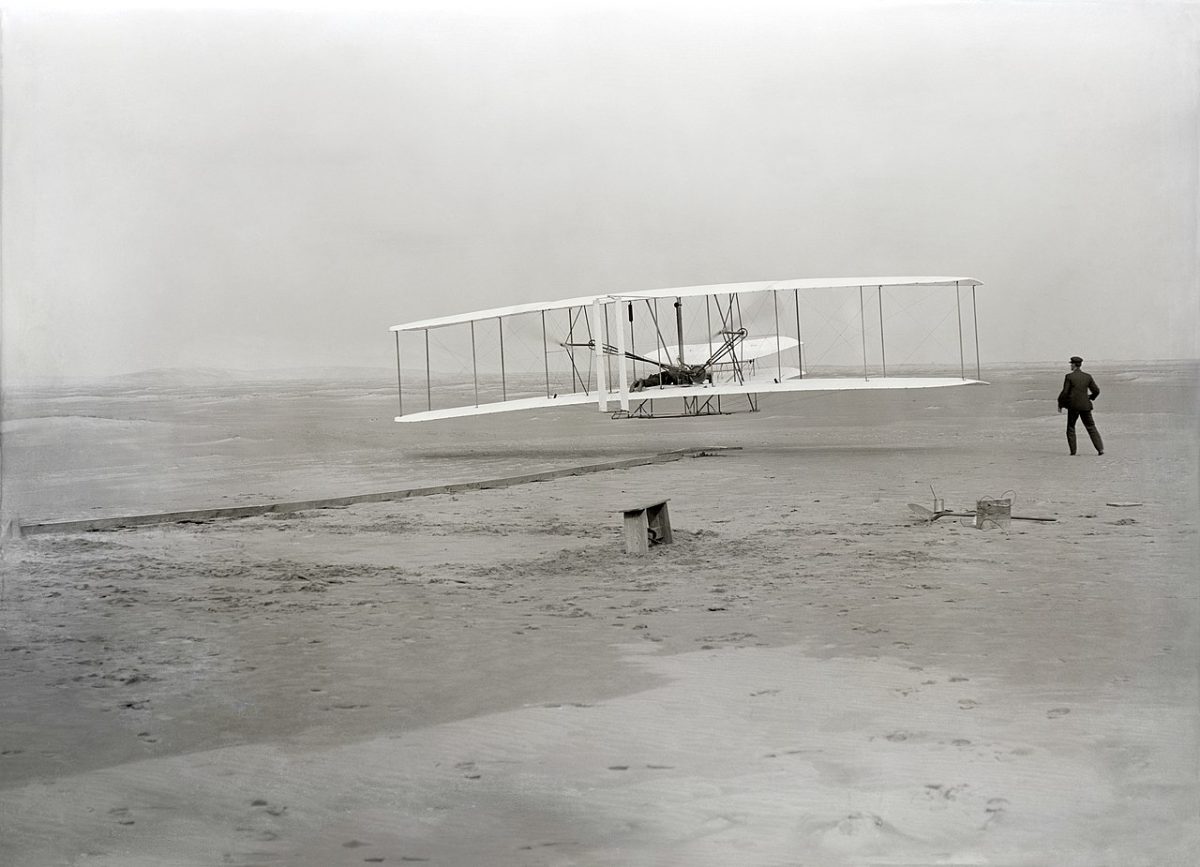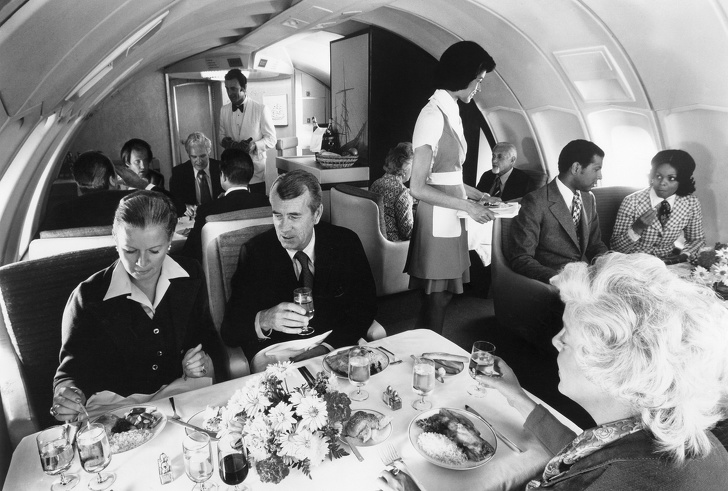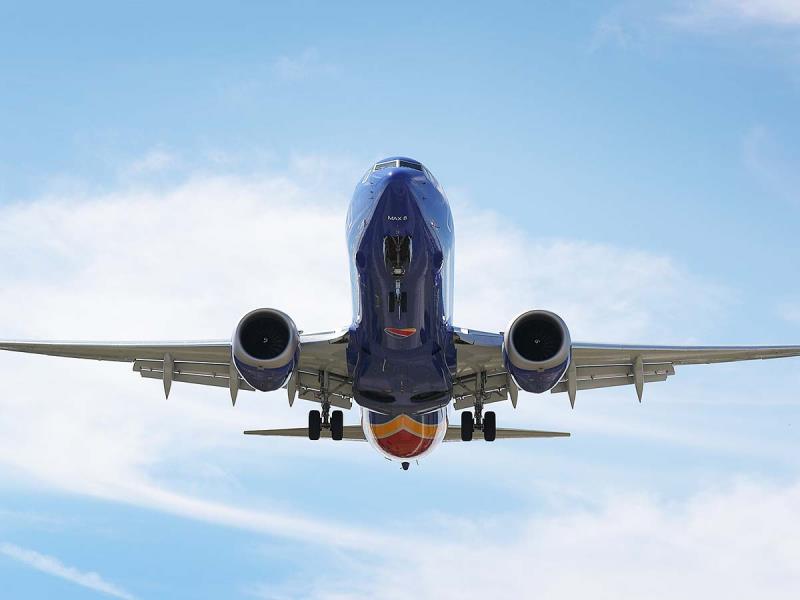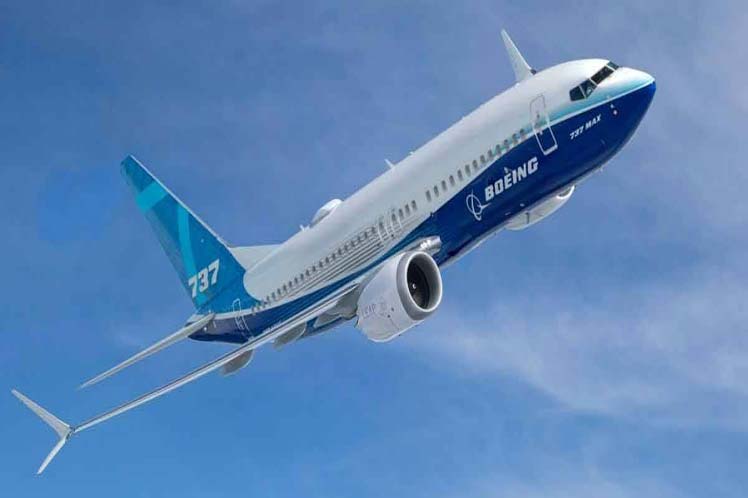On the heels of the tragedy of Ethiopian Airlines flight 302, compounded by the fact it’s the second catastrophic crash of the new Boeing 737 Max 8 aircraft type within just five months, many people in the flying public have begun wondering just how safe commercial flying is. To answer that question properly, we need to look through a wider lens, consider the history of aviation, and understand how this industry learns from its mistakes.

Taking Off
It seems unlikely that the Wright brothers could have ever imagined the airplanes of today when they took their first, controlled, sustained, heavier-than- air flight in 1903. It was a remarkable achievement which completely changed the transportation industry. Within 10 years of that historic moment at Kitty Hawk, North Carolina, the first commercial airline was operating in the United States.
Running an airline is a tricky and often very difficult business, as so many complex variables must be continually balanced and adjusted. Many airlines have closed down over the years because of financial problems, especially in the United States, which has always had the most flights and the most airlines. Pan American, Eastern, and Trans World Airlines (TWA) were all large, successful airlines which operated international services to and from the US, but all were forced to close or merge with other carriers because of financial problems and market changes.
The oldest surviving airline today is KLM, the flag carrier of the Netherlands, which began its service 100 years ago this year. They were soon followed by other airlines, like Qantas (Australia), Aeroflot (Russia), and Avianca (Colombia), all of which still operate today. Like most airlines, these long are all considered very safe today, particularly Qantas which has had no fatal accidents in the last 50 years. Aeroflot used to have so many accidents people outside Russia often tried to avoid flying it, but these days, it has become a safe, modern airline.
The Evolution of Commercial Flight
Fifty years after KLM commenced operations, the number of annual passengers on commercial flights worldwide was a little over 300 million, so it was certainly a well-accepted form of travel, but still largely restricted to more affluent travellers. A major change occurred in 1970 when Pan Am, which focused exclusively on international routes, became the first airline to fly the new Boeing 747, which soon became known as the ‘jumbo jet’. Its widely used predecessor, the Boeing 707 was configured to carry between 150 to 200 passengers and suddenly the jumbo jet allowed twice that number of passengers to fly in one plane.

This, combined with US airline deregulation in 1978, and the advent of low cost carriers like Southwest Airlines, which began offering flights solely within the large state of Texas, increasingly meant that more people were able to fly. As low cost carriers continued to proliferate worldwide over the next couple of decades, they introduced a new approach to air travel, streamlining operating costs while maintaining safety standards, and bringing the cost down so many more people could afford to fly.
Air travel was relatively safe, even in the 1970s, but the reality was that in the case of a major airline accident, there were usually many deaths. This of course resulted in significantly more press coverage. Major airline accidents were usually front page news around the world for several days. (This is still the case today, though the relentless 24-hour news cycle usually pushes it aside in fairly short order.)
The result of this was that many people developed a fear of flying. Only a few were so afraid they refused to fly at all, but many people were nevertheless apprehensive when they boarded a plane. Even in the 1970s, however, statistics showed that commercial flying was relatively safe, and the chances of a fatal airline accident were very low.
Safety by the Numbers
Since then, not only has flying become even safer, but in the last 50 years, there has also been a staggering increase in passenger traffic. The international Air Transport Association (IATA) reported that in 2018, some 4.3 billion passengers flew on commercial flights, a massive increase from 1970. Even more amazing, the average number of deaths from airplane accidents worldwide, over the last five years has been less than 250 a year. It again highlights the difference in media coverage – the Ethiopian Airlines crash claimed 157 lives and made headlines in newspapers and websites around the world for days.
More people will likely die on the roads in Malaysia the next two weeks, but that is unlikely to make major headlines even within the country, let alone outside it. So when you consider that just as many people die on Malaysian roads every two weeks as on all commercial airlines worldwide in a year (or more), then it indicates just how safe air travel has become.
One reason for this is the very thorough investigations which are carried out after every accident, major or minor, particularly in the United States. The investigations into major accidents invariably last for several months or even years, and end with very specific results, along with directives and recommendations to manufacturers, airlines, and pilots on how they can improve safety so a similar accident never happens again. Perhaps no other industry learns from its mistakes better or more comprehensively than the aviation industry.
Recently, Alexandre de Juniac, IATA’s Director General and CEO said, “Flying continues to be the safest form of long-distance travel the world has ever known. Based on the data, on average, a passenger could take a flight every day for 241 years before experiencing an accident with one fatality on board.”
And it’s true. In 2017, there were 35 million commercial flights globally. Take a moment to let that number sink in because it’s absolutely huge, and represents an average of nearly 96,000 flights taking off every single day. Of those 35 million flights in 2017, only two of those ended in accidents which resulted in passenger deaths. That is a truly astounding safety record. In the skies today, there are far more planes carrying exponentially more passengers than ever before, yet the accident rate is a mere fraction of what it was in decades past.

It’s been 115 years since Orville and Wilbur Wright made history on the beach at Kitty Hawk. That flight, iconic as it was, only covered 120 feet, less than half the length of today’s modern Boeing 777-300. The Wright brothers continued improving and testing their Wright Flyers in the following years, flying longer and higher. Decades of continuing research and innovation – and learning from accidents – have now resulted in air travel being the safest (and fastest) form of long-distance transportation.
The Final Word?
The two recent crashes involving the B737 Max 8 are terrible – that much is certain. But the problem, whether with the aircraft (hardware or software), pilot training, or any combination of issues, will most assuredly be found and corrected. And in the meantime, for those who are understandably uneasy about flying this particular model, it’s worth mentioning that no Malaysian carrier operates the Max 8, and both Malaysian and Singaporean authorities have gone as far to temporarily ban the type from taking off or landing in their respective countries.

So despite the worldwide headlines any time there’s an airplane crash, the facts say that air travel is safer now than ever before. We feel that the airline industry’s stellar safety record, coupled with the fact that Malaysia boasts the lowest average flight costs in the world, is a good reason to get online and book your next flight!
"ExpatGo welcomes and encourages comments, input, and divergent opinions. However, we kindly request that you use suitable language in your comments, and refrain from any sort of personal attack, hate speech, or disparaging rhetoric. Comments not in line with this are subject to removal from the site. "























